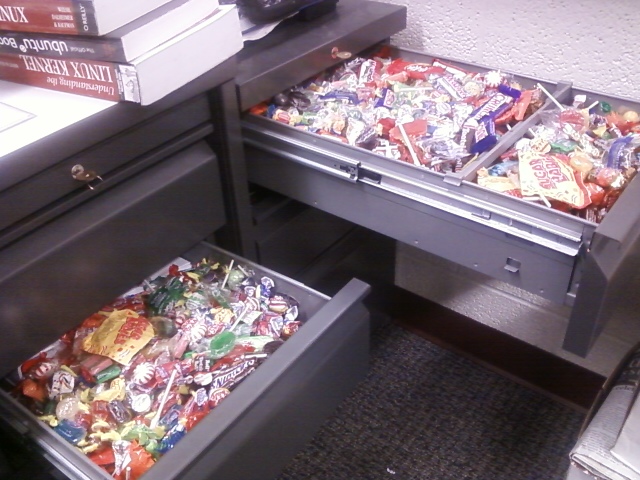Parking lots are hot. They absorb sunlight (and self destruct due to the resulting heat and ultraviolet radiation) and contribute to the urban heat island effect. With extreme temperature cycling on a daily basis, while impregnated with rainwater and ice, they are an expensive maintenance item.
Several years back, I visited Europe (Bayern to be exact) and saw a brilliant idea for making parking spaces into green spaces. The use of permeable concrete pavers. These pavers are typically made of concrete and are approximately 50% open to allow for organic life to grow through and provide a cool and relaxing green covering to an otherwise brutalist urban landscape.

In this approach, grass absorbs the solar energy through photosynthesis instead of reflecting onto your building or transforming into heat energy. This makes your drive and parking spaces visually appealing, climate comfortable and creates a public image of environmentalism.

When it does come to mowing the parking lot, it’s not so bad. The traffic grinding the blades of grass into the pavers will have a trimming effect that keeps much of the surface under control. These can simply be laid on top of your existing surface and be covered in surface soil to fill the gaps. Toss grass seed or insert plugs of sod, you are on your way to being having a parking lot that will be the front page story featuring your building.
